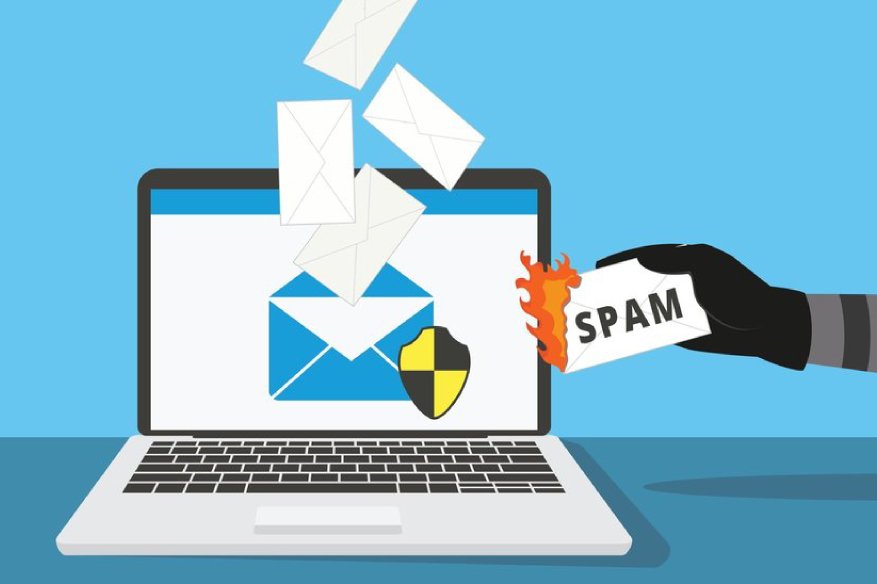
What is Phishing?
Phishing persuades you to take an action which gives a scammer access to your device, accounts and personal information. By pretending to be a person or organization you trust, they can more easily infect you with malware or steal your credit card information.
In short, these social engineering schemes “bait” you with trust to get your valuable information. This could be anything from a social media login, to your entire identity via your social security number. These schemes may urge you to open an attachment, follow a link, fill out a form, or reply with personal info. By that logic, you must be on guard at all times which can be exhausting.
The very common scenario is as follows:
These threats can get very elaborate and show up all types of communication, even phone calls. The danger of phishing is that it can deceive anyone that is not skeptical of smaller details. To help you guard yourself without becoming paranoid, let’s unpack how phishing attacks work.
How does Phishing work?
They will use the internet or phones can be a target for phishing scammers.
Phishing scams normally try to:
Sometimes these threats do not stop. If a hacker gets into your email, contact list and social media, they can spam people you know with phishing messages seemingly from you. Trust and urgency are what makes phishing so deceiving and dangerous. If the criminal can convince you to trust them and to take action before thinking, you are an easily target.
What can your business do to avoid phishing emails?
Using the proper tools and safeguards will help IT departments head off phishing attacks before they can hit employees’ inboxes.
Use Antivirus Software
There are plenty of reasons to use antivirus software. Special signatures that are included with antivirus software guard against known technology workarounds and loopholes. Just be sure to keep your software up to date. New definitions are added all the time because new scams are also being dreamed up all the time. Anti-spyware and firewall settings should be used to prevent phishing attacks and users should update the programs regularly. Firewall protection prevents access to malicious files by blocking the attacks. Antivirus software scans every file which comes through the Internet to your computer. It helps to prevent damage to your system. You do not have to live in fear of phishing scams. By keeping the preceding tips in mind, you should be able to enjoy a worry-free online experience.
2. Keep Software Updated
Keeping software current with the latest security patches and updates also decreases your chances of getting caught in a phishing scam. Schedule regular updates and continually monitor the status of all software and equipment. The FTC recommends keeping the following updated:
3. Protect remote workers
Establishing Bring Your Own Device (BYOD) policies is essential for protecting your email from phishing attacks if you have employees who work remotely. Require encryption for remote workers and connect them to your server over a VPN to prevent access to phishing sites.
4. Schedule regular backups
When was the last time you tested your backup and recovery plan? If you cannot remember, chances are you are long overdue. Scheduling regular backups helps ensure that your data can be fully recoverable in the event of an emergency.
5. Enforce password policies
Keep policies in place to enforce password expiration along with rules that govern allowable passwords. Minimum password length, numbers and special characters help create complex passwords that are more difficult to hack.
6. Never share Personal Information
As a general rule, you should never share personal or financially sensitive information over the Internet. This rule spans all the way back to the days of America Online, when users had to be warned constantly due to the success of early phishing scams. When in doubt, go visit the main website of the company in question, get their number and give them a call. Most of the phishing emails will direct you to pages where entries for financial or personal information are required. An Internet user should never make confidential entries through the links provided in the emails. Never send an email with sensitive information to anyone. Make it a habit to check the address of the website.
Lorem ipsum viverra feugiat. Pellen tesque libero ut justo, ultrices in ligula. Semper at. Lorem ipsum dolor sit amet elit. Non quae, fugiat nihil ad. Lorem ipsum dolor sit amet. Lorem ipsum init dolor sit, amet elit. Dolor ipsum non velit, culpa! elit ut et.
Lorem ipsum dolor sit amet elit. Velit beatae rem ullam dolore nisi esse quasi, sit amet. Lorem ipsum dolor sit amet elit.